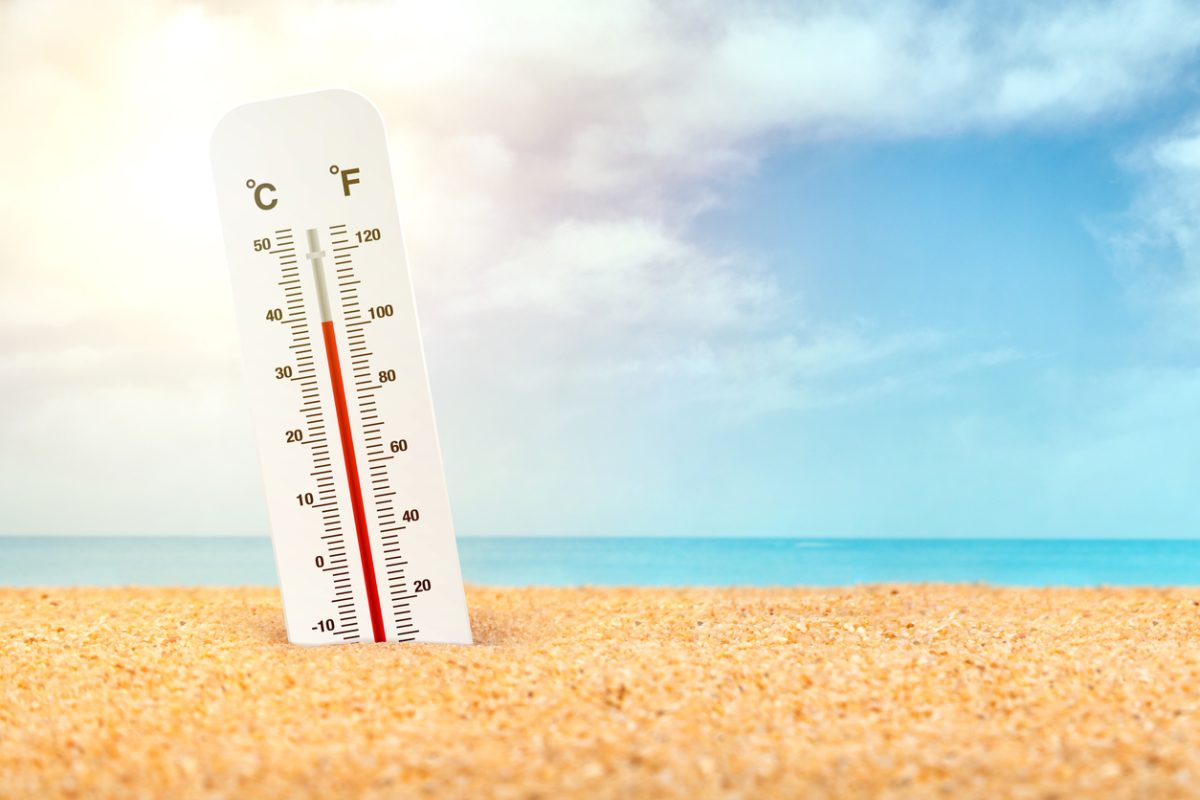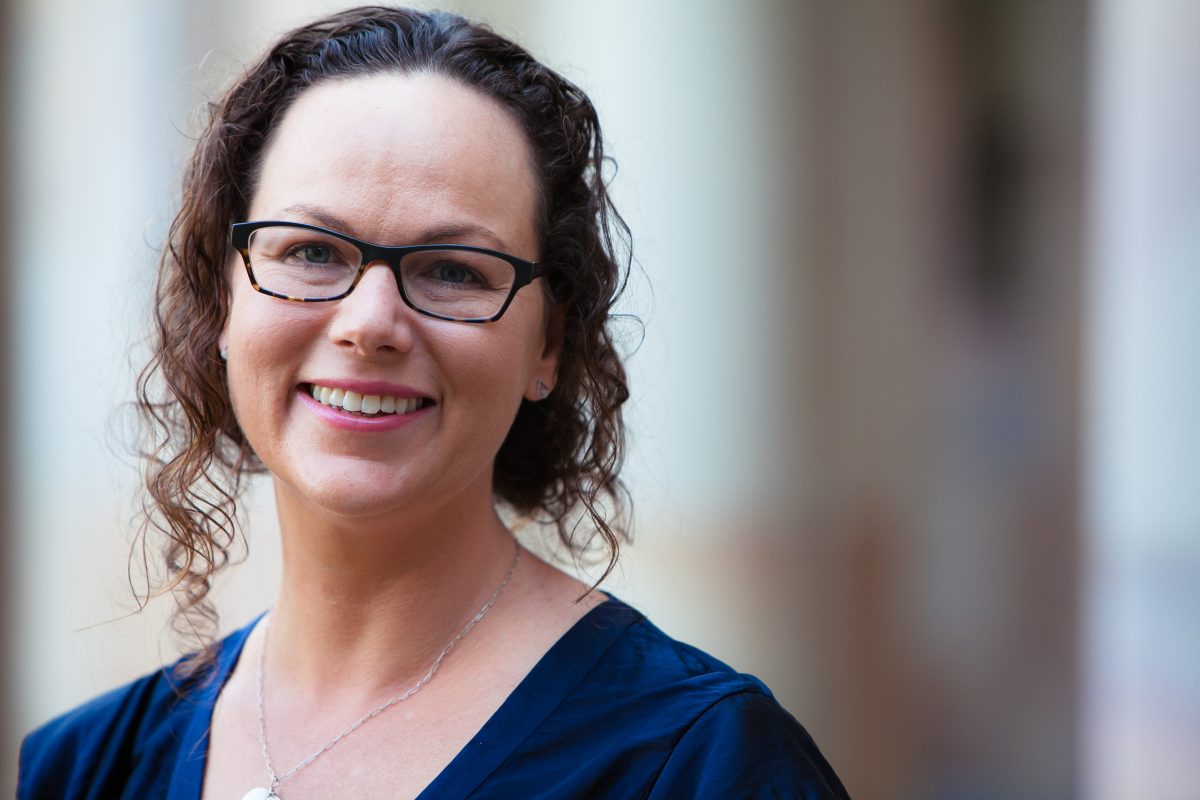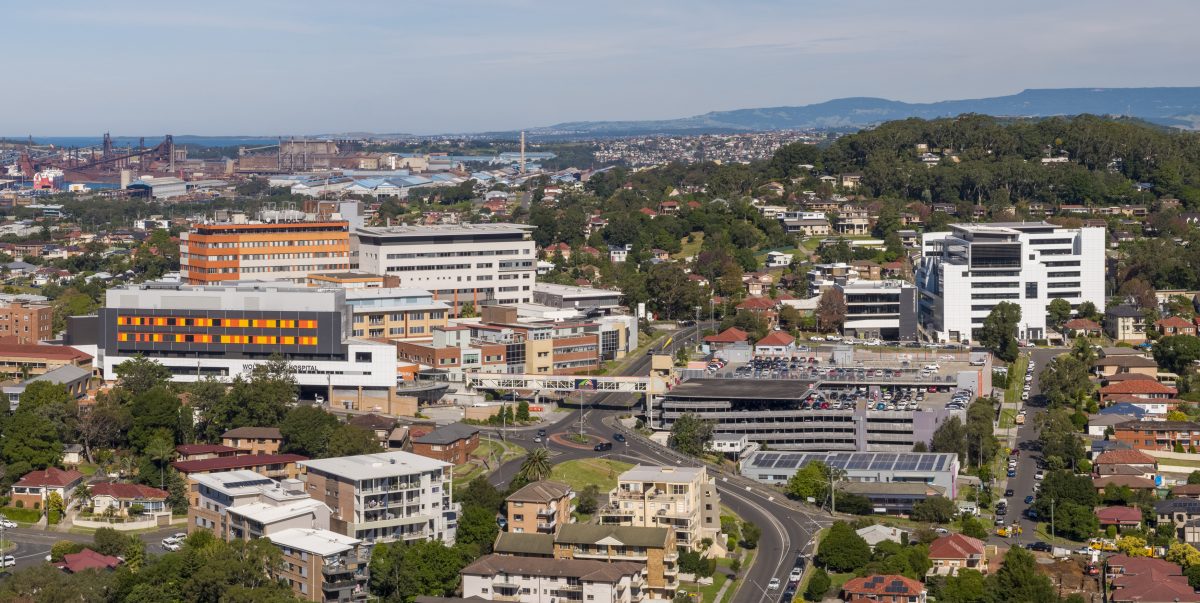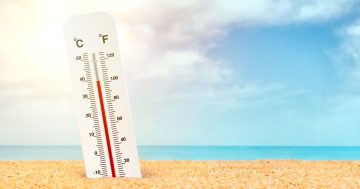
The Illawarra is set to sizzle today as summer starts to bite. Photo: File.
The better part of the Illawarra is predicted to hit highs just shy of 40 degrees today, but it shouldn’t come as a surprise.
The CSIRO has declared a marine heatwave for the NSW South Coast and further marine heatwaves are expected with the Bureau of Meteorology sea temperatures forecast up to 2.5°C warmer than normal this summer.
Though floods and bushfires have dominated the headlines in recent years, heatwaves kill more Aussies annually than all other natural hazards combined.
Heat and heatwaves were the focus of Wollongong City Council’s recently adopted Urban Heat Strategy, which guides how council prepares for future heatwaves and helps its community respond to them. Measures ranged from providing access to cool places to shelter during heatwaves to updating the local planning controls to cool streets and houses.
“We are witnessing this already in the northern hemisphere summer,” Wollongong City Lord Mayor Councillor Gordon Bradbery AM said. “Heat is increasingly recognised as a key risk to communities right across Australia. That risk will only grow as our climate changes.”
Senior climate risk resilience consultant at BMT Ingrid Baker has a background in regional town planning and a PhD in climate change adaptation planning.
She said it was heartening to see state and local governments planning for heatwaves.
“Particularly in urban areas, these extreme heatwaves are exacerbated by the urban heat island effect,” she said.
“The density of buildings and materials used to build urban areas trap heat. That can cause urban temperatures to be between two and 12 degrees higher than nearby rural areas.
“Heat is a silent killer. It results in more deaths in Australia every year than floods, bushfires, storms, cyclones and severe earthquakes combined. That’s because the impacts are often invisible.”

Dr Ingrid Baker said heat was a “silent killer”. Photo: Catherine Lowe Photography.
Dr Baker said there was a growing awareness in planning environments, with factors such as orientation, materials and urban greening taken into account in the planning of new buildings and infrastructure. However, more needed to be done.
“To date planning systems and legislation have gone some of the way towards starting to address these issues but we must implement more mechanisms to reduce urban heat island effects,” she said.
“Building codes, local government planning schemes and policies need to go further, as well as non-regulatory measures like providing cool home guidelines to the public.”

The urban heat island effect can result in city temperatures between two and 12 degrees higher than nearby rural areas. Photo: Planning NSW.
In the meantime, simple measures and changes to habits can help people cope during heatwave events, such as staying inside during the hottest part of the day or, for those without air conditioning, taking refuge at local libraries and shopping centres.
Businesses are advised to take action to ensure operations are resilient in the face of such challenges, by ensuring they have appropriate policies, insurance and other mechanisms in place.
People with outdoor jobs may consider shifting their work hours to earlier or later in the day, but Dr Baker acknowledged this wasn’t always a possibility for everyone.
“Populations with limited financial security, such as culturally diverse communities, people who are homeless and people with disability or mental health conditions are at greater risk,” she said.
“Renters may not have the agency to install air conditioning or update insulation. And people whose jobs inherently have them working outside during the day, particularly in manual labour, are at risk.”
Minister for Agriculture Tara Moriarty said understanding, monitoring and managing the impacts of marine heatwaves will be a priority for the NSW Government over the coming months and years.
“We know our oceans are warming, but it’s not just an increase in mean ocean temperatures that we need to be concerned about, we also need to plan and prepare for more frequent temperature extremes,” she said.
“Marine heatwaves can negatively impact a range of species and key habitats that can’t escape the warmer temperatures.
“In addition to increased long-term monitoring programs outlined in the response plan, NSW DPI are also undertaking pioneering research to increase resilience to changing ocean climate conditions. This plan will ensure we have the right measures in place to prepare and respond to these extreme weather events over the coming years.”












